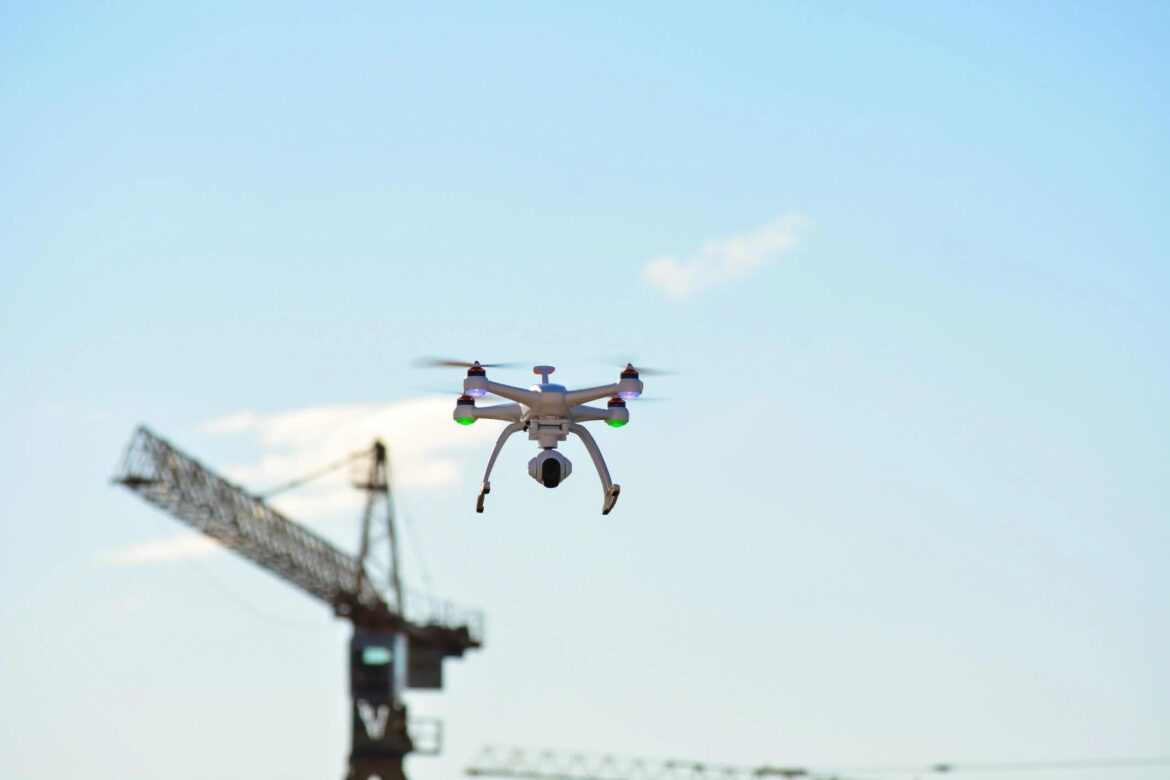Rapid innovation in technology has influenced almost every aspect of business operations, including workplace safety. Industry experts like Jason Wible Frenchcreek says that advances in nanotechnology, data analytics, robotics and more are today helping employers to elevate workplace safety in a variety of ways. These technologies can be useful in keeping personnel out of harm’s way, reducing physical stress, and monitoring employee well-being.
Jason Wible Frenchcreek Points Out A Few Technologies That Improve Workplace Safety
Workplace safety is a top priority for all businesses, regardless of their type and size. Today technologies play a critical role in protecting employees on the job. Here are some of the most popular technologies that improve workplace safety:
- Wearables: Wearable technologies available nowadays can majorly help in lowering the severity and frequency of worker injuries. These technologies are broadly divided into four categories:
- Physiological Monitoring: Wearable tech can be used for tracking body temperature, respiration, heart rate and other physiological measurements. This can be useful in identifying when a worker is too stressed or fatigued, and hence are at greater risk of injury.
- Environmental Monitoring: Such wearable devices alert employees of unsafe temperature conditions or air quality that might hamper their well-being.
- Proximity Detection: Such wearables are generally embedded in personal protective equipment (PPE) like hardhats. They aid in preventing employees from getting too close to certain machines or from entering hazardous areas.
- Exoskeletons And Exosuits: These wearable solutions provide assistance and support for physical tasks like standing for a long period or lifting heavy objects. They can aid in preventing injuries, and even allow injured employees to return to work more quickly.
- Drones And Robots: Businesses in many parts of the world today use manufacturing robots that perform repetitive and lifting tasks, and help in reducing workplace injuries. Higher-risk tasks at a company can e assigned to sophisticated and mobile robots and drones nowadays, instead of putting personnel at risk: Drones are used by manufacturers and construction companies, in particular, to reduce the exposure of the employees to falls and other risks by inspecting sites and monitoring operations. In a similar manner, robots are able to access hazardous and difficult-to-reach locations like storage tanks or tunnels to collect samples and perform inspections.
- Safety Apps: The use of simple Smartphone apps are among the easiest ways to make use technology with the aim of assessing, monitoring and improving workplace safety. There are various apps available that allow supervisors and workers to competently evaluate tasks and working conditions. They can, for example, promote ladder safety and safe lifting, measure noise hazards, and even provide guidance on handling hazardous material.
- VR And AR: Virtual reality (VR) safety training programs have become pretty commonplace in certain business circles today. They allow employees to practice their work using equipment and simulate working environments that pose potential risks, without causing any real harm to their well-being. VR can also be used for training drills like fire evacuations.
As per Jason Wible Frenchcreek, virtually any company can benefit by investing in the workplace safety technologies underlined above. These technologies are especially ideal for businesses that have physically intense operations like warehousing, transportation and construction.




